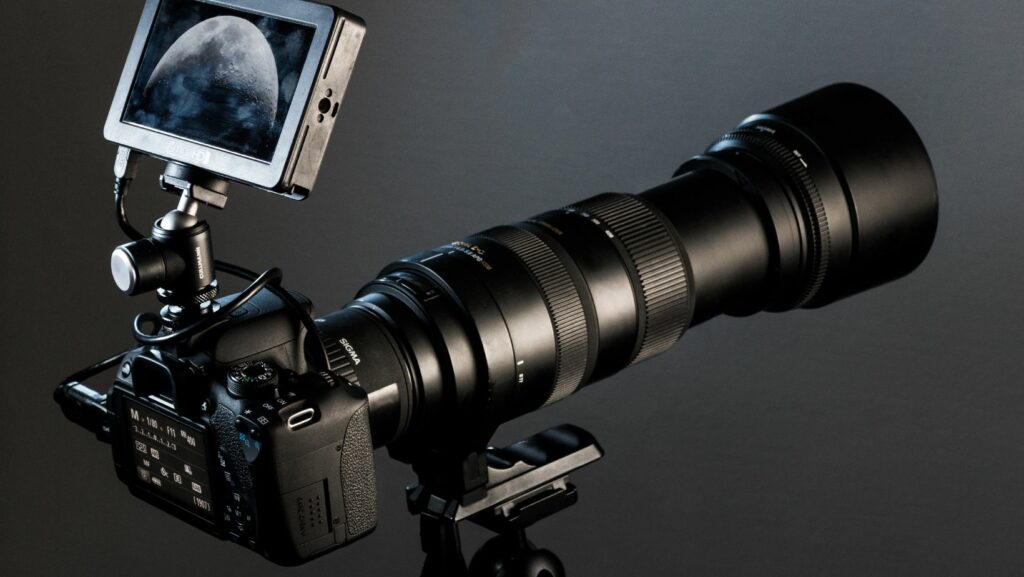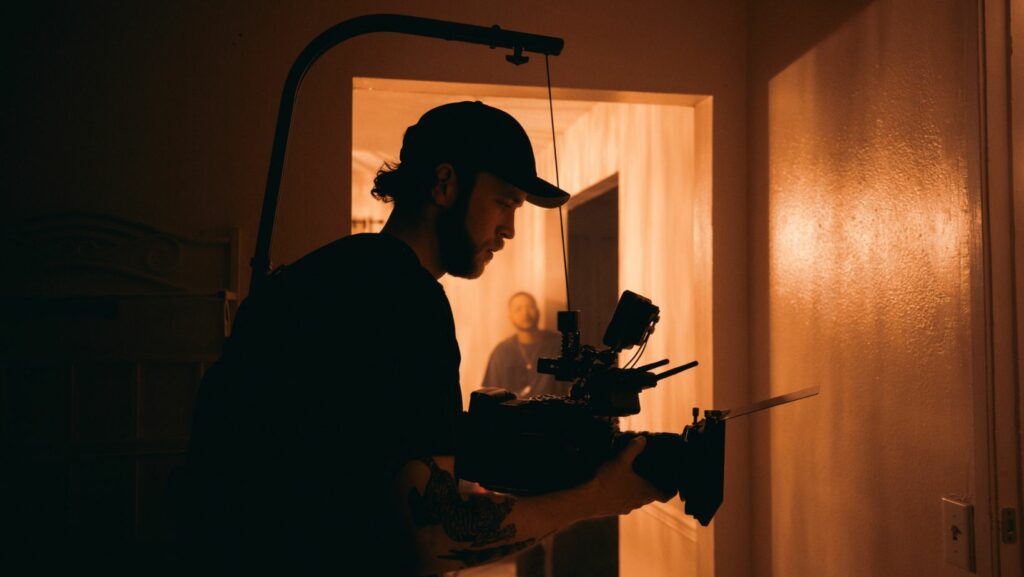Why Cinematography is Important
Cinematography is the art of storytelling through visual imagery, and it’s a cornerstone of filmmaking that captivates audiences worldwide. It’s not just about capturing beautiful shots; it’s about crafting a narrative that resonates with viewers on a profound level. The power of cinematography lies in its ability to evoke emotions, set the tone, and enhance the overall storytelling experience.

Every frame in a film is meticulously composed to convey meaning and emotion, making cinematography an essential tool for directors and filmmakers. It shapes the viewer’s perception, guiding them through the story with a visual language that’s as impactful as dialogue. From the lighting and camera angles to the movement and composition, each element plays a role in immersing the audience in the film’s world.
In an industry where visual storytelling is paramount, cinematography stands out as a vital component that elevates a film from ordinary to extraordinary. Its significance cannot be overstated.
Understanding Cinematography
Cinematography represents the artistic technique of capturing visual images for film and television. At its core, it combines visual storytelling and technical expertise with tools like cameras, lenses, and lighting. A cinematographer, or director of photography, plays a pivotal role by making choices that determine a film’s visual narrative and aesthetic feel. Their work influences a viewer’s perception and mood throughout the film.
Camera angles and movements serve as essential elements in cinematography. High angles can convey vulnerability, while low angles often depict strength or dominance. Tracking shots follow characters, creating a sense of immersion in the scene. Lighting, another critical component, sets the mood and tone. Soft lighting provides warmth, whereas harsh lighting can introduce tension or suspense.

Aspect ratios and composition dictate how a viewer experiences film space. A wide aspect ratio might immerse viewers in epic landscapes, while a narrower frame often creates intimacy. Composing each frame involves balancing elements like symmetry, depth, and focus to guide the audience’s eye where the story demands.
Cinematography not only supports storytelling but also enhances its emotional and visual impact by using technical mastery to convey deeper narrative elements.
The Role of Cinematography in Storytelling
Cinematography plays a vital role in storytelling by shaping how stories are visually perceived. Its elements connect the narrative with the audience through mood, atmosphere, and focus.
Creating Mood and Atmosphere
Cinematography creates mood and atmosphere using various techniques. Lighting sets the tone by creating shadows for mystery or bright light for optimism. Color palettes influence emotions, such as warm tones for comfort or cold hues for isolation. Camera movement impacts intensity, with slow pans offering calm and swift zooms building tension.
Guiding Audience Focus
Cinematography guides audience focus by directing their attention to crucial story elements. Framing highlights specific details, using close-ups to emphasize emotions or wide shots to show vastness. Depth of field shifts sharpness, keeping certain elements in focus while blurring others to maintain narrative emphasis. Movement directs the gaze, leading viewers through the story’s progression strategically.
Technical Aspects of Cinematography
Cinematography merges art with science, employing precise technical methods to enhance storytelling. It creates a film’s visual experience through a combination of techniques.
Camera techniques set the foundation for cinematic storytelling by influencing perspective and emotion. Close-up shots, for instance, convey intimacy or intensity by focusing on a character’s face, while wide shots establish context and environment. Techniques such as panning, tilting, and zooming guide viewers’ attention and create dynamic scenes. Stabilizers and dollies enable smooth camera movements, enhancing the fluidity of action scenes. Cinematographers use varying frame rates, like slow motion or time-lapse, to manipulate time perception, adding layers to narrative engagement.

Lighting and color establish mood and atmosphere, crucial for narrative impact. High-key lighting creates bright and cheerful scenes, contrasting with low-key lighting that evokes mystery or tension. Directors of photography utilize three-point lighting—key, fill, and backlight—to emphasize depth and shape, sculpting the visual form of scenes. Color grading alters emotional undertones; warm tones often suggest warmth or nostalgia, while cool tones can evoke detachment or melancholy. Filters and gels can further modify light, casting colors that resonate with the film’s mood and thematic elements.

